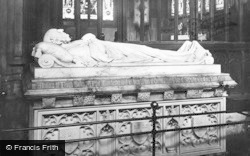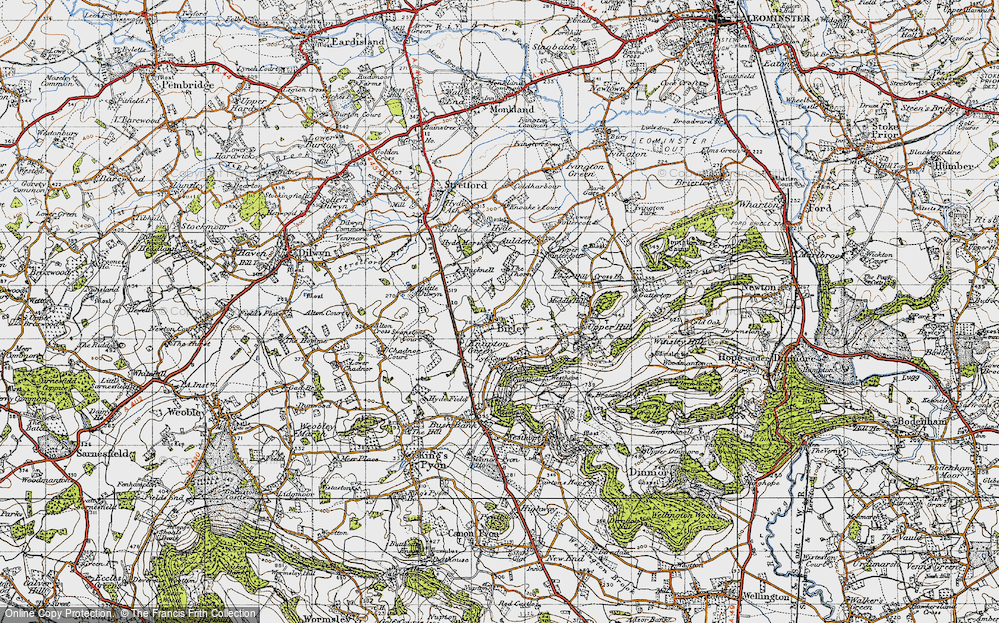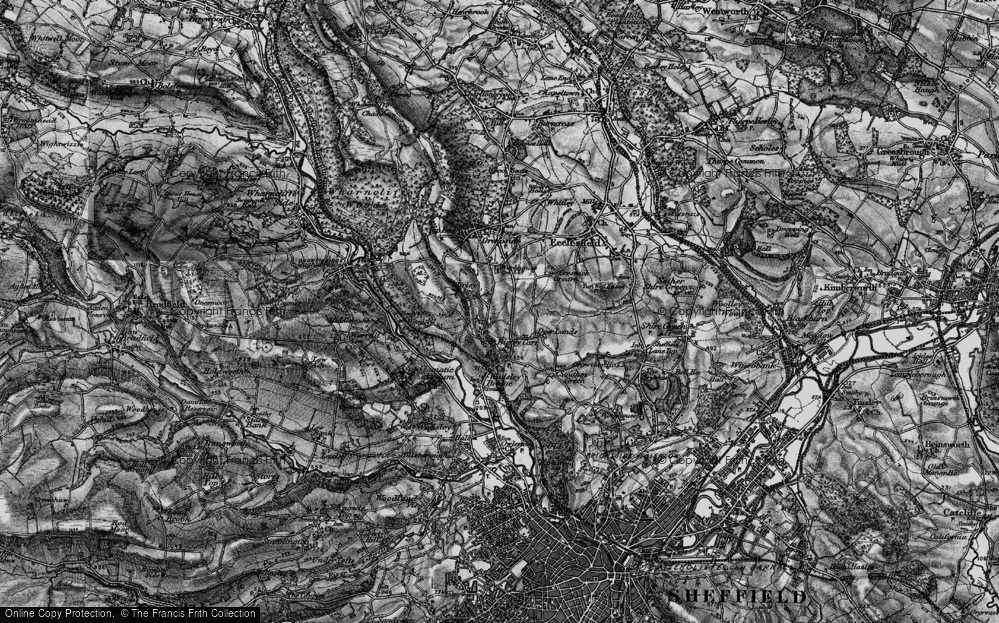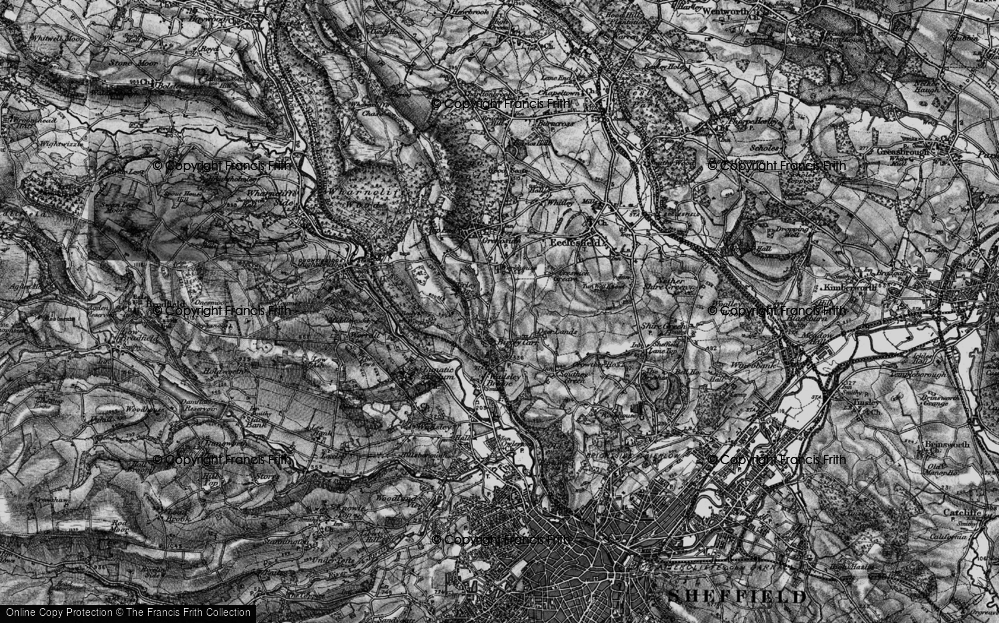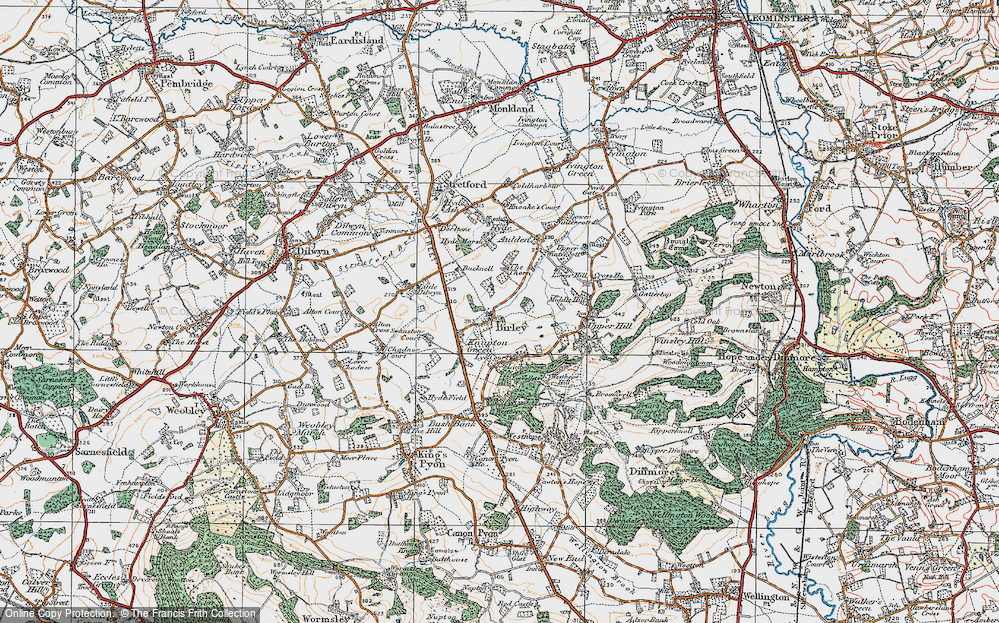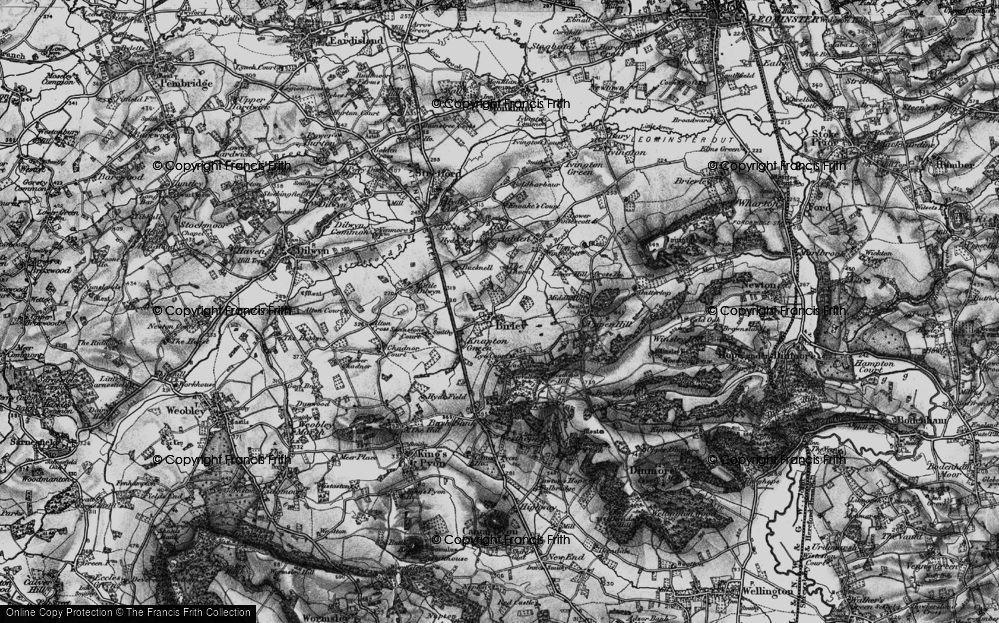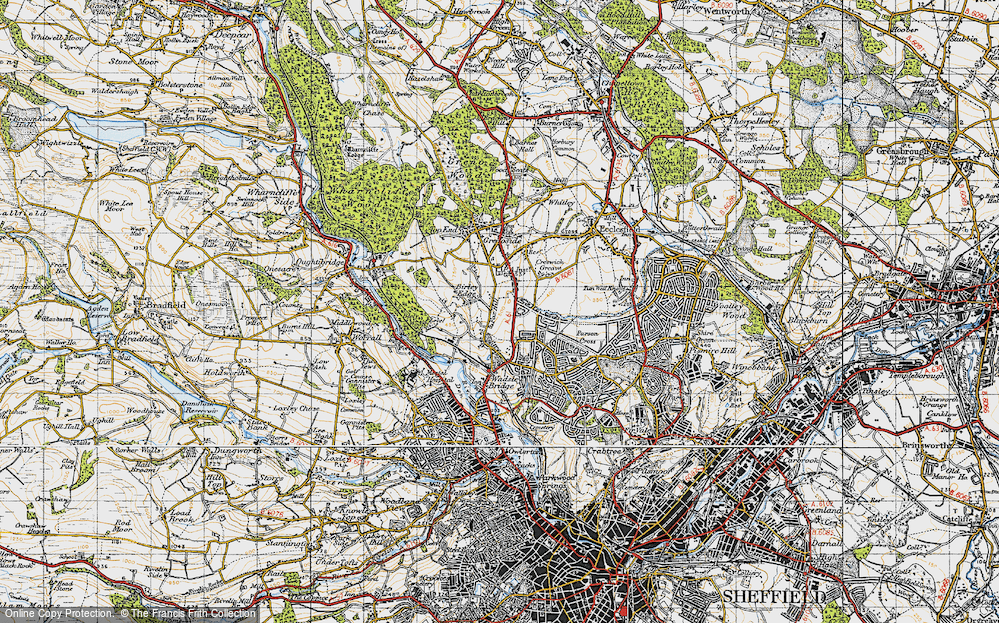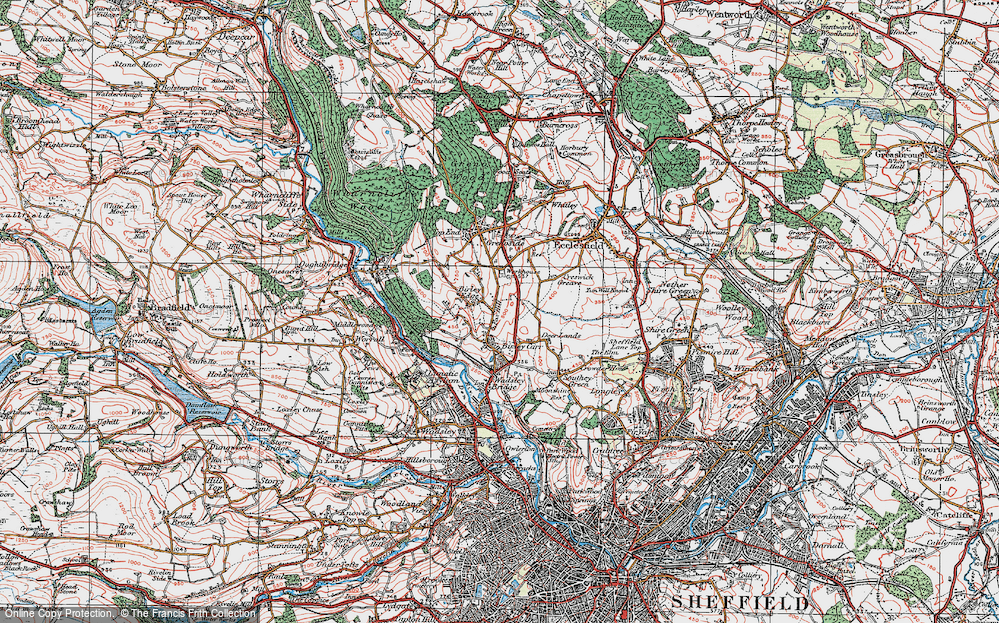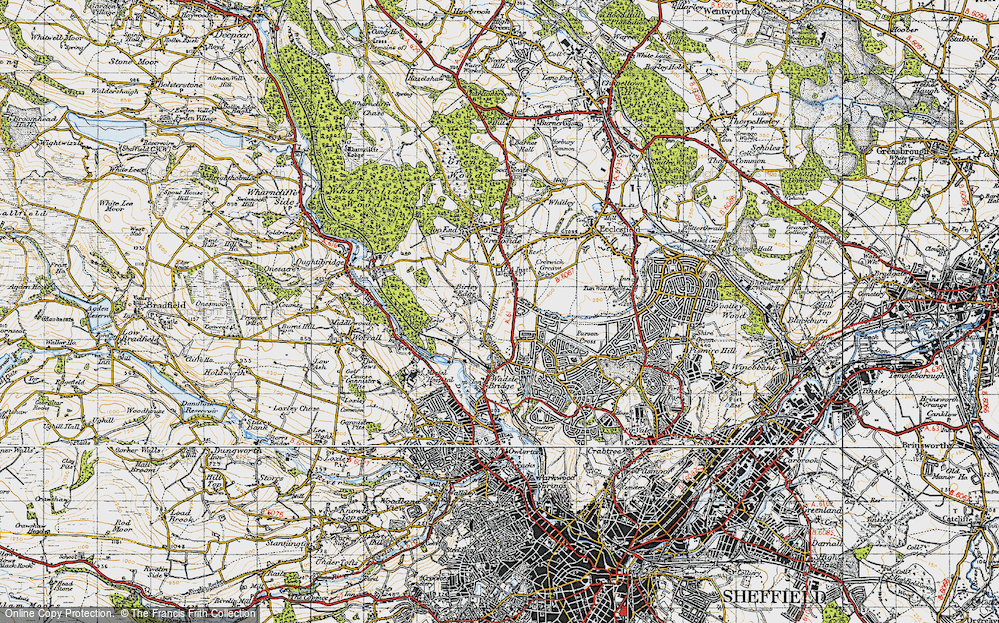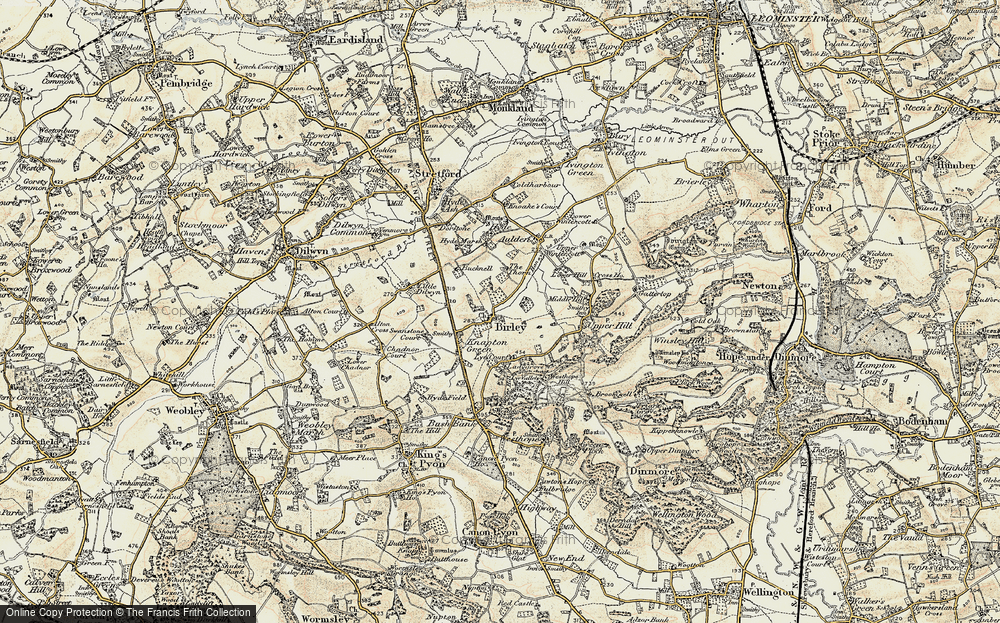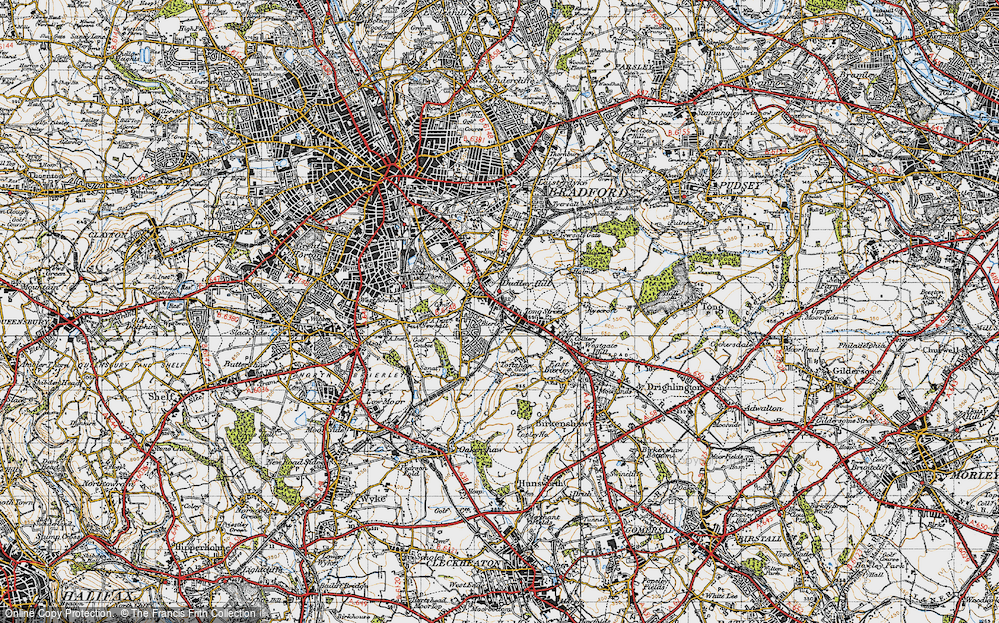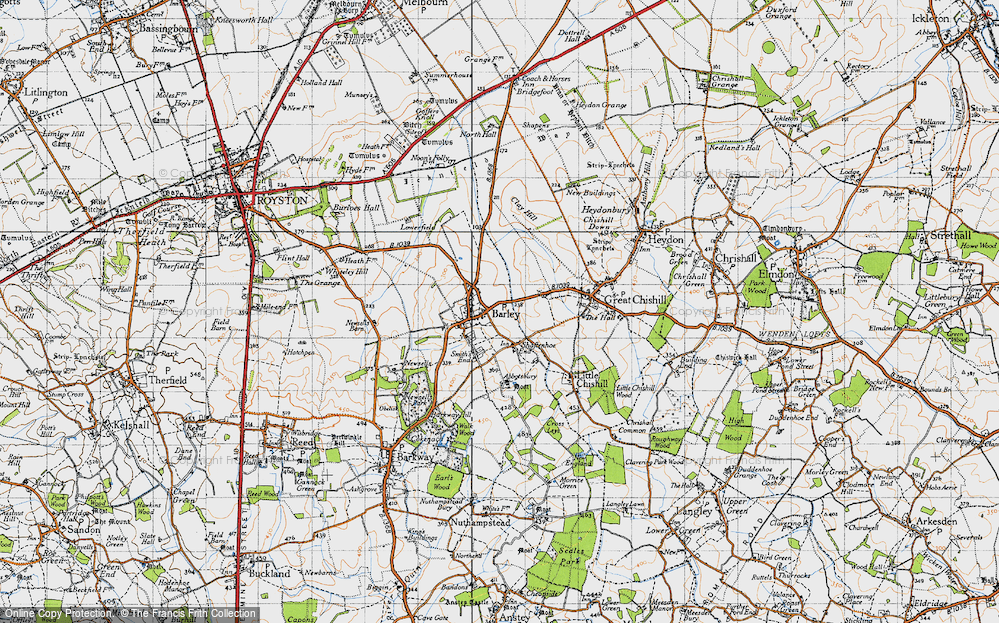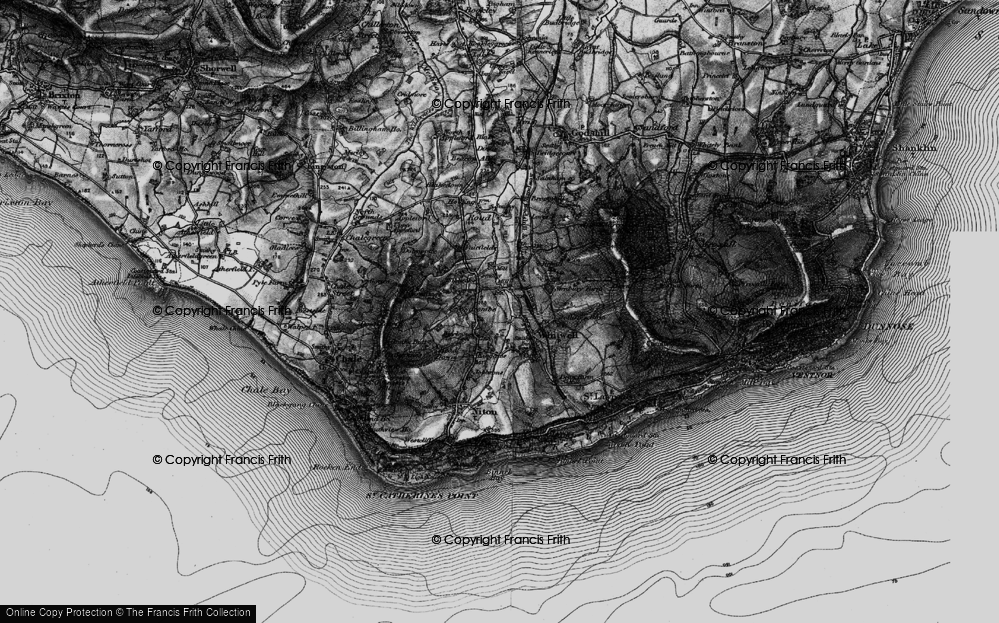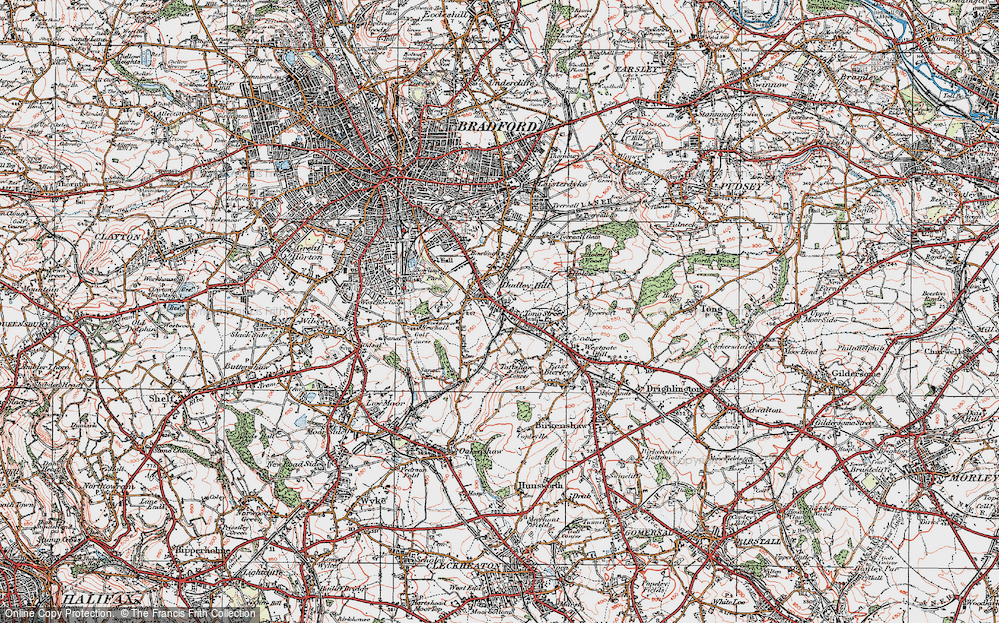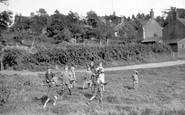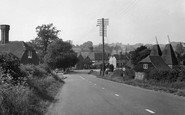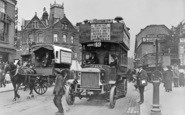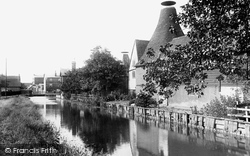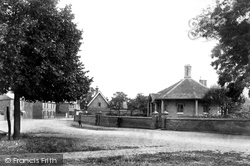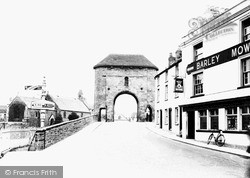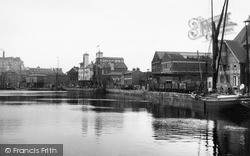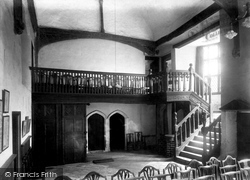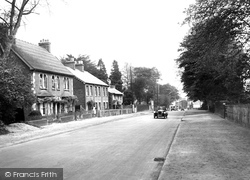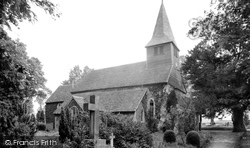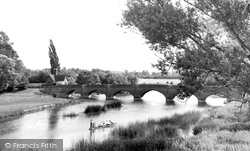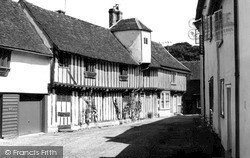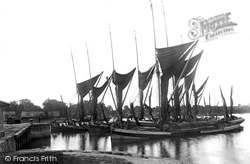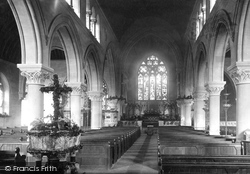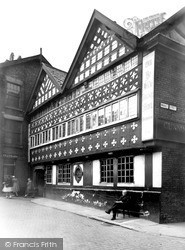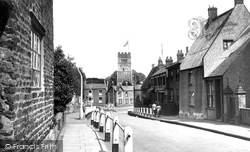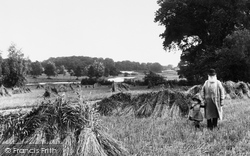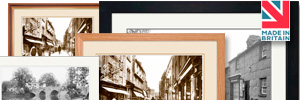Photos
2 photos found. Showing results 1 to 2.
Maps
61 maps found.
Books
Sorry, no books were found that related to your search.
Memories
76 memories found. Showing results 1 to 10.
Cornsay Colliery
My great grandfather John Dunning was from Cornsay Colliery - he worked in the coke works. Sadly he was killed in action on 21st March 1918 in France. His wife was pregnant with my grandfather at the time and they moved to ...Read more
A memory of Cornsay Colliery by
Old John Barley Corn....
Known as the 'John Barley Corn' children because at the Staithe where they all used to play, there is an inlet. In the 1920s, when boats came past, the children would sing 'Old John Barley Corn if you throw us a penny we will sing ...Read more
A memory of Belaugh in 1920
Summer Memories Of Picktree Village
In the late 1950’s and as a young boy around 8 or 9 living in the west end of Newcastle, I used to visit my Auntie Bella and Uncle Ted regularly. They lived at Number 3 Picktree Cottages, a short row of picturesque cottages ...Read more
A memory of Picktree by
Saturday Morning
What fun was had by many children on a Saturday morning by going to the picture house. There were two in Walton so we were spoilt for choice. The ladies that looked after us all did a grand job. I was allowed to get the 218 bus ...Read more
A memory of Walton-on-Thames in 1971 by
Land Army Memories.
The white weatherboarded house was the farmhouse of the farm where my mother, Joyce Clark, worked along with another 3 girls in the Land Army during the Second World War. It was called Cogger's Farm. She was there whilst the ...Read more
A memory of Lamberhurst by
Fondest Memories Of Gt Oakley 1938 To 1961
That was when I was born along with a bunch of other kids who grew up with me and with whom I played during the WW2 years and eventually went to C of E school together. Mr Porter was a teacher there, he ...Read more
A memory of Great Oakley by
Omnibus Driver's Marriage In 1907
My grandfather's brother Albert Charles Greenfield was an omnibus driver in 1907 who married at The Church of the Ascension. His family lived in Birley Street near Clapham Junction. His wife Elizabeth Penfold's family ...Read more
A memory of Battersea by
Heswall Shore
My nanny and gampi lived on Banks Road in the 1960s. Nanny (Tilly Wilson) used to shell the shrimps in her kitchen. We would pay them a visit on our way down to Heswall shore and the shrimps would be piled high in the middle of the cold ...Read more
A memory of Heswall in 1967 by
Going To Junior School In Radcliff On Trent In 1960
My dad was in the Canadian Air Force (RCAF) stationed in Langar (born in England though) but my family lived at 16 Douglas Close just outside Radcliffe. I remember walking daily to the ...Read more
A memory of Radcliffe on Trent in 1960 by
Potts Ancestry Kibblesworth
My father Edward Potts was born in Kibblesworth in 1900 his brothers were William Potts, Noble Potts and his sister was Hilda Potts. All the brothers were miners in Kibblesworth. When dad married we moved to Birtley ...Read more
A memory of Kibblesworth in 1900 by
Captions
44 captions found. Showing results 1 to 24.
Barley and fuel for the furnaces were brought to Stortford by water, and latterly by rail.
Only the Barley Mow (ahead), built using the stone from the spire of St Benedict`s Church at Huntingdon, survives; it is now a bustling and busy roadhouse full of the sound of piped music and merry
By this time the Vaults have disappeared to make way for the Barley Mow.
East Anglia has a long tradition for growing malting barley, and Ipswich had a number of maltings.
This 15th-century hall belonged to the merchant William Barley.
The Corn Exchange This was built to provide a covered building where corn (wheat, barley, and other cereals) could be bought and sold; its building must indicate an ever-burgeoning corn trade,
The fine lines of Bisley Church show that this is another village that earned its wealth from the wool trade, its magnificent spire declaring to the neighbourhood the pride of its benefactors - the wool
The old Barley Mow public house was based in the last building on the left.
The two pubs featured here are The King's Arms (far left) and, up the hill, The Barley Mow.
Bisley's church of St John the Baptist dates back to the 13th century, and it has a 15th-century porch believed to be made from a single oak.
We can see the sign of the Barley Mow, which is set back from the street.
On the south bank of the river is the Barley Mow, which is featured in Three Men in a Boat.
There are still louvered windows on the ground floor, remnants of the time when the building was a malting with fires beneath the upper floors to help the barley laid out there to ferment.
Local thatch was originally made of wheat, rye or barley straw, but now longer- lasting reed is often used.
The main cargoes brought into Ipswich were grain, barley, coal and timber.
This photograph, taken from the east bank of the river, south of the Barley Mow pub, manages to exclude George Gilbert Scott's rather fine 1864 seven-arched brick bridge over the river.
The church exterior is of Bisley stone, while that used for the interior walls, most of the pulpit and the base of the font, comes from Painswick.
There is another village in Bisley - that of the clubhouses and mobile homes found at the National Rifle Association's ranges.
Built in 1561 in the reign of Queen Elizabeth I, the half-timbered Barley Mow Inn is the one constant factor in Warrington's old Market Place.
Only the Barley Mow (ahead), built using the stone from the spire of St Benedict`s Church at Huntingdon, survives; it is now a bustling and busy roadhouse full of the sound of piped music and merry
In 1908 the CWS came to Birtley, where it opened a tinplate works.
This 15th-century hall belonged to the merchant William Barley.
The Earl of Huntingdon lived nearby, and the village gets the other half of its name from his association with barley farming.
Today so much of East Anglia's beautiful countryside is in the hands of more exploitative 'barley barons'.
Places (3)
Photos (2)
Memories (76)
Books (0)
Maps (61)




